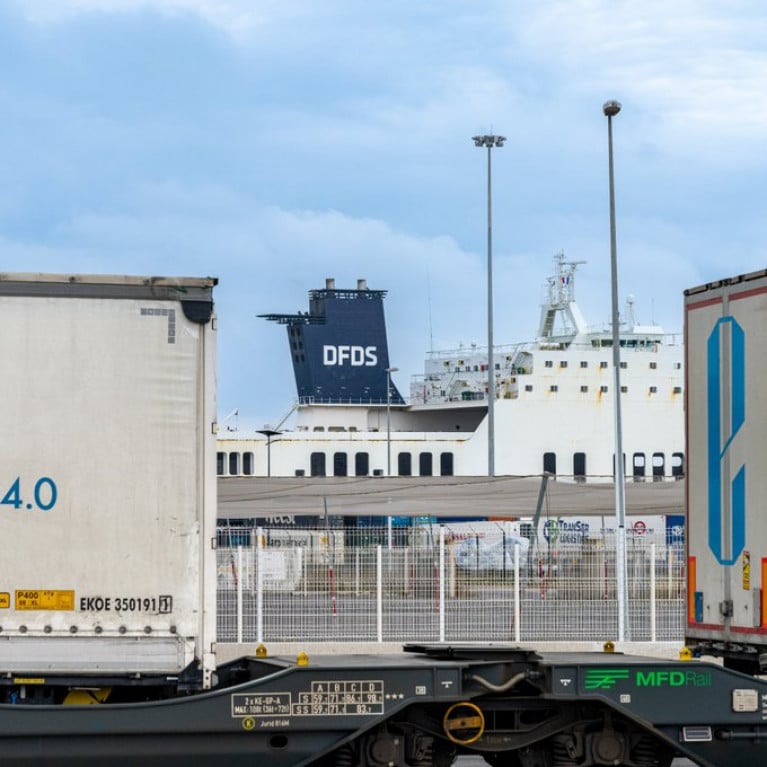Displaying items by tag: UKFranceTurkey
DFDS Introduce New Rail Freight Service from Calais to Séte on Mediterranean Sea to Link Turkey
DFDS the operator of the Rosslare Europort-Dunkirk freight ferry route, has announced that they are introducing a new rail freight service from Calais to Séte which starts today.
The new rail service connects London with Yalova in Turkey, will shorten transport time between London and Istanbul.
The new line means that DFDS will be able to offer a full complement of rail and sea transport between London and Istanbul, with a transit time of just 7 days, making it the fastest route there is between the UK and Turkey.
The new route expands DFDS’s existing network of services between the UK and Europe and comes in response to growing demand.
Lars Hoffmann, Head of DFDS’s Mediterranean Business Unit said: “We’re delighted to be adding a new rail line service to improve connections and shorten transport time between the UK and Turkey.
“It aligns with our business strategy to grow and expand the extensive route network that DFDS already offers, helping our customers, communities – and our own business of course – to grow.
“By combining our ferry activities in the Mediterranean and the UK with a new rail service, we’re able to offer by far the fastest connection between London and Istanbul. It’s a sign of confidence in the popularity of our offerings and a strong indication of our commitment to our customers.”
The service will run twice a week, with two weekly departures in each direction between Calais and Séte.
This is the latest in a series of investments that DFDS is making to improve its service; as an unaccompanied freight service from Sheerness to Calais was opened last year. The route can carry over 100 trailers or containers per sailing.
Since the launch of the UK-France route, Afloat adds London Medway port reported a record month in trading unccompanied trailer-units.






























































